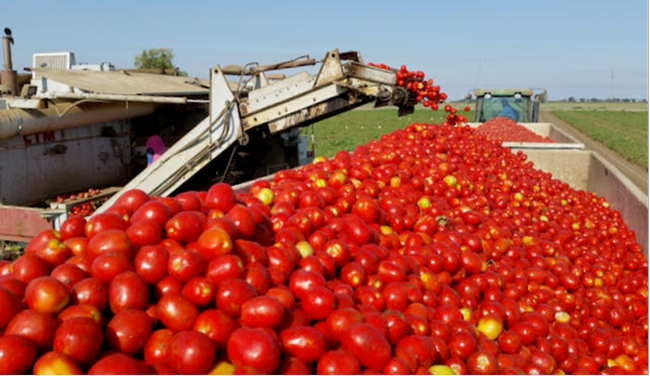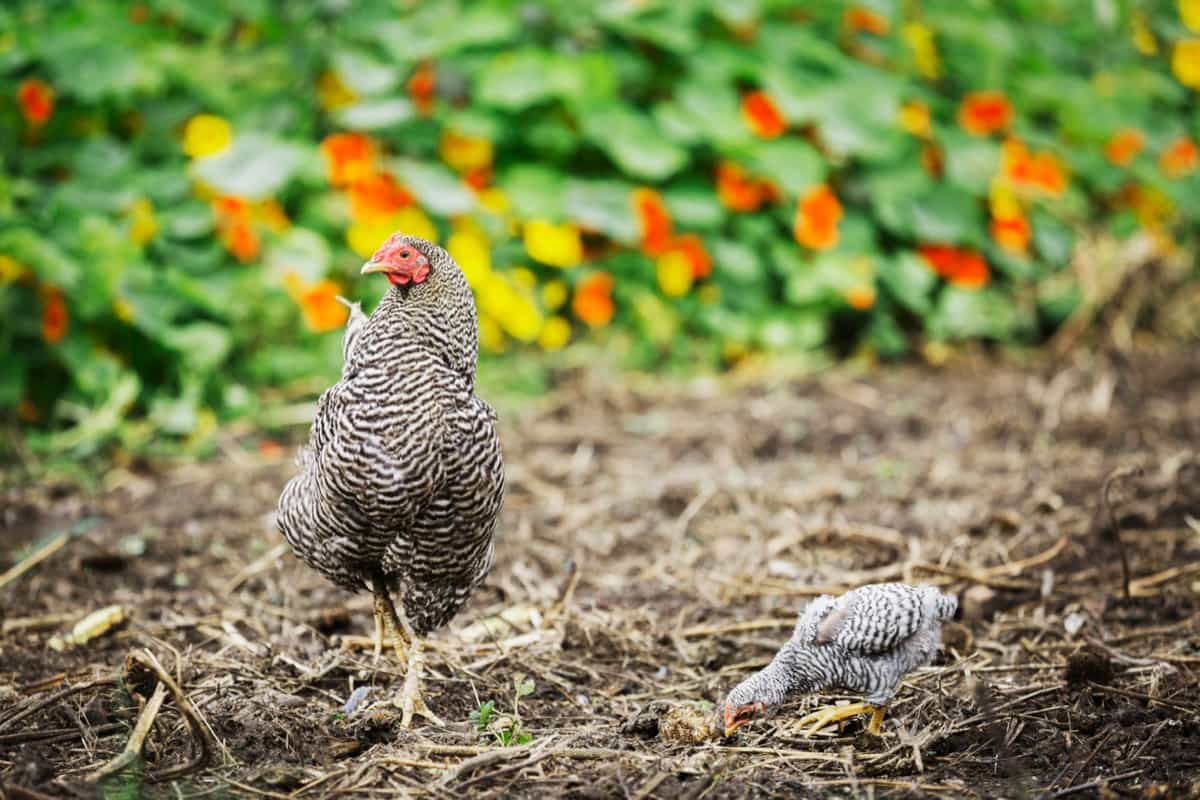New study on tomato processing costs published by UC
Growers can use a new cost study for growing tomatoes to make business decisions.
A study on the costs and returns of growing processing tomatoes was updated by the University of California, Davis Department of Agricultural and Resource Economics and UC Cooperative Extension.
The newly released analysis is based on a well-managed hypothetical farm using subsurface drip irrigation and common farming practices in the Sacramento Valley and Northern Delta. The costs, materials and practices presented in this study will not apply to all farms.
The cost study is written by Brenna Aegerter, UCCE Agricultural Advisor for San Joaquin County; Patricia Lazicki, UCCE Agricultural Advisor for Yolo, Solano, and Sacramento Counties; Donald Stewart, staff research associate in the Department of Agricultural and Resource Economics at UC Davis; Gene Miyao, Emeritus Agricultural Advisor of UCCE; and Brittney Goodrich, assistant professor of cooperative extension at UC Davis.
The analysis is based on a hypothetical farm of 3,500 non-contiguous acres, which are leased. Tomatoes are grown on 1,000 acres. The 1,000 acres of processing tomatoes are irrigated with an underground drip. The remaining 2,500 acres are planted with other crops in rotation, including alfalfa hay, field corn, safflower, sunflower, vine seed and wheat. Yield of 46 tons per acre is used to reflect typical yields in the region.
UC Cooperative Extension agricultural advisers and other agricultural associates provided feedback and advice. The authors describe the assumptions used to identify the current costs of growing processing tomatoes, material inputs, cash overhead, and non-cash overhead. Range analysis charts show net profits over a range of prices and returns. Other tables show monthly cash costs, costs and returns per acre, hourly equipment costs, and general equipment, capital, and business costs.
The new study, "Sample Costs to Produce Processing Tomatoes in the Sacramento Valley and Northern Delta - 2023", and sample cost of production studies for many other products are available for free download from the Department of agricultural and resource economics from UC Davis. website at http://coststudies.ucdavis.edu.
For more information or an explanation of the calculations used in the studies, contact Goodrich at bkgoodrich@ucdavis.edu, Aegerter at bjaegerter@ucanr.edu or Lazicki at palazicki@ucanr.edu.


Growers can use a new cost study for growing tomatoes to make business decisions.
A study on the costs and returns of growing processing tomatoes was updated by the University of California, Davis Department of Agricultural and Resource Economics and UC Cooperative Extension.
The newly released analysis is based on a well-managed hypothetical farm using subsurface drip irrigation and common farming practices in the Sacramento Valley and Northern Delta. The costs, materials and practices presented in this study will not apply to all farms.
The cost study is written by Brenna Aegerter, UCCE Agricultural Advisor for San Joaquin County; Patricia Lazicki, UCCE Agricultural Advisor for Yolo, Solano, and Sacramento Counties; Donald Stewart, staff research associate in the Department of Agricultural and Resource Economics at UC Davis; Gene Miyao, Emeritus Agricultural Advisor of UCCE; and Brittney Goodrich, assistant professor of cooperative extension at UC Davis.
The analysis is based on a hypothetical farm of 3,500 non-contiguous acres, which are leased. Tomatoes are grown on 1,000 acres. The 1,000 acres of processing tomatoes are irrigated with an underground drip. The remaining 2,500 acres are planted with other crops in rotation, including alfalfa hay, field corn, safflower, sunflower, vine seed and wheat. Yield of 46 tons per acre is used to reflect typical yields in the region.
UC Cooperative Extension agricultural advisers and other agricultural associates provided feedback and advice. The authors describe the assumptions used to identify the current costs of growing processing tomatoes, material inputs, cash overhead, and non-cash overhead. Range analysis charts show net profits over a range of prices and returns. Other tables show monthly cash costs, costs and returns per acre, hourly equipment costs, and general equipment, capital, and business costs.
The new study, "Sample Costs to Produce Processing Tomatoes in the Sacramento Valley and Northern Delta - 2023", and sample cost of production studies for many other products are available for free download from the Department of agricultural and resource economics from UC Davis. website at http://coststudies.ucdavis.edu.
For more information or an explanation of the calculations used in the studies, contact Goodrich at bkgoodrich@ucdavis.edu, Aegerter at bjaegerter@ucanr.edu or Lazicki at palazicki@ucanr.edu.
What's Your Reaction?













![Three of ID's top PR executives quit ad firm Powerhouse [EXCLUSIVE]](https://variety.com/wp-content/uploads/2023/02/ID-PR-Logo.jpg?#)







